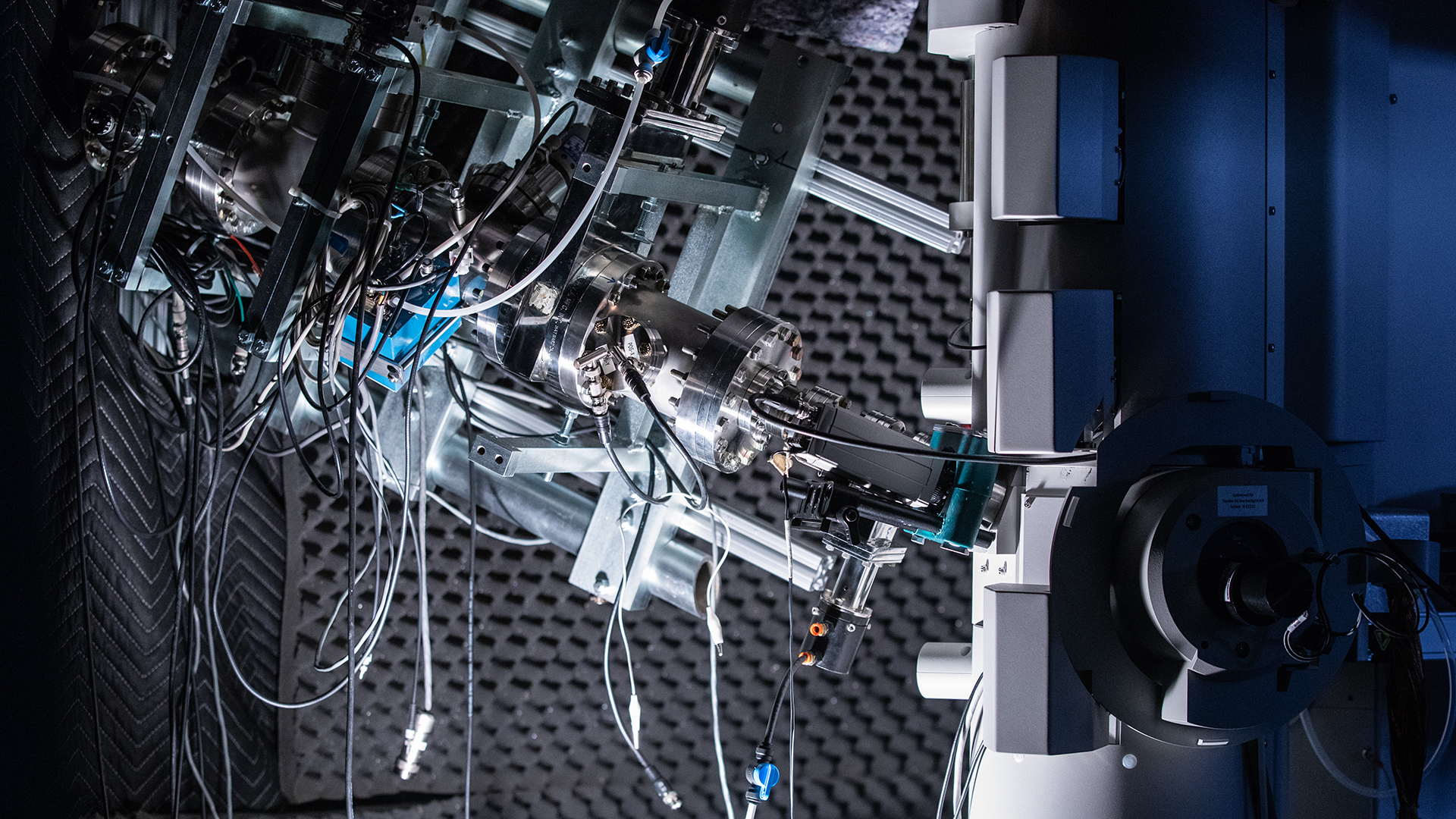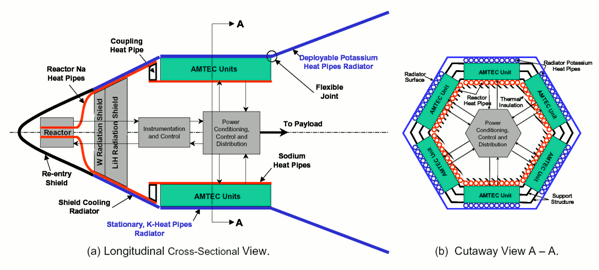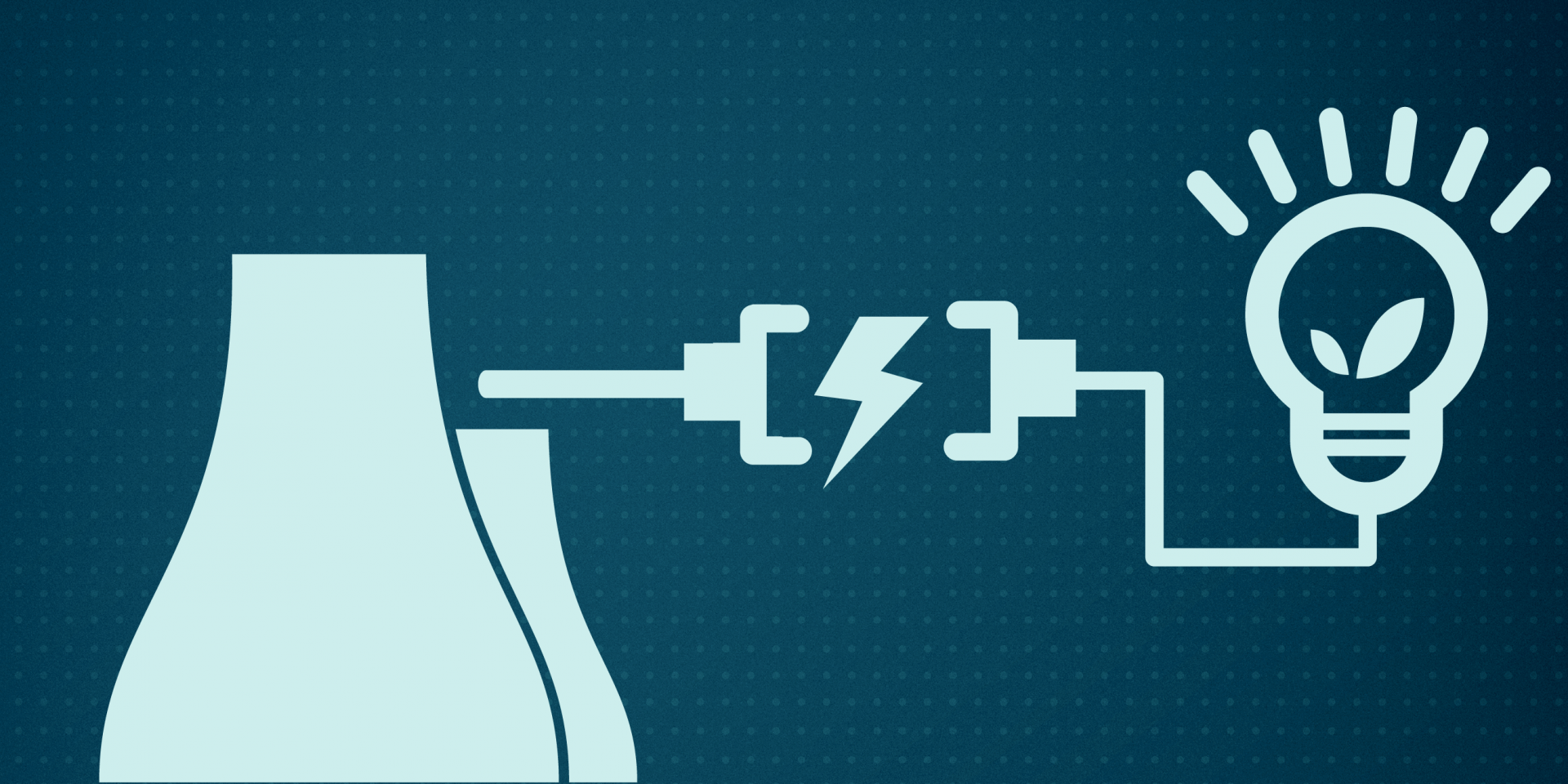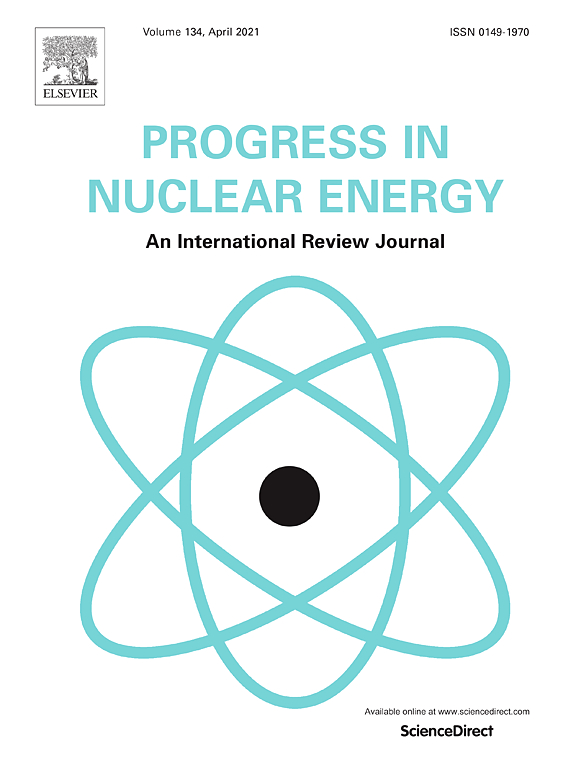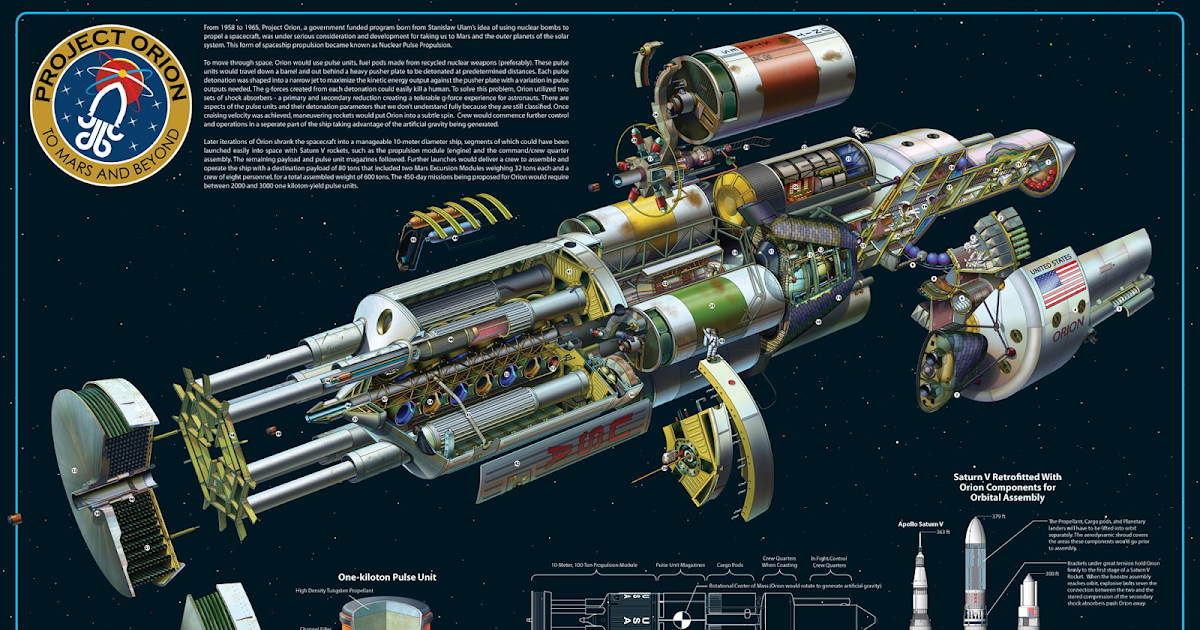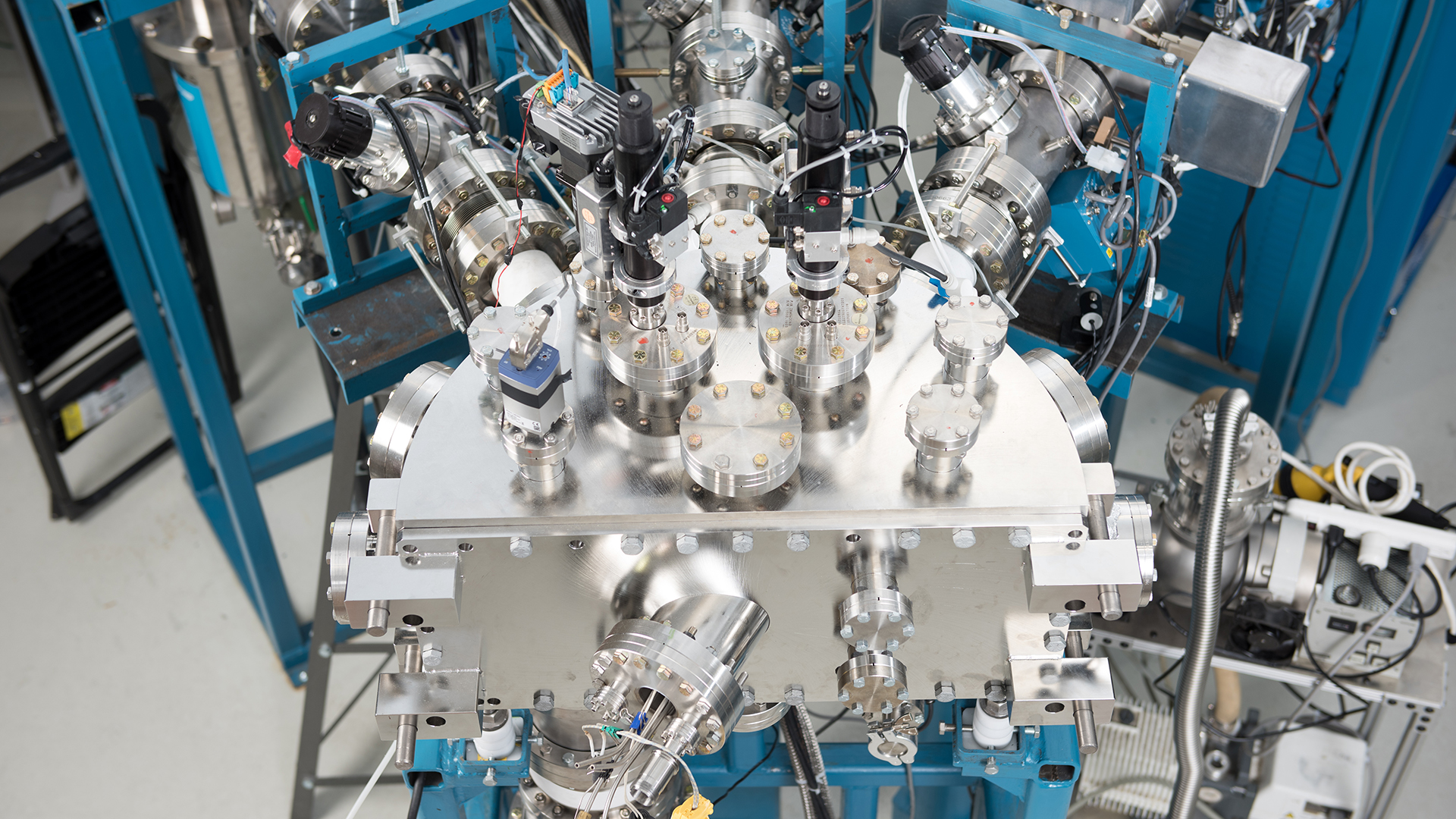
An unknown source of reactor radionuclides in the Baltic Sea revealed by multi-isotope fingerprints | Nature Communications

Micromachines | Free Full-Text | Radiation Hardness Study of Silicon Carbide Sensors under High-Temperature Proton Beam Irradiations

Nuclear Techniques - Summary Nuclear Techniques Early Techniques zyxw One of the earliest uses of - Studocu

Nuclear rocket engines were studied by NASA as part of project NERVA in 1959. The idea was abandoned in the 1970s, but now NASA wants proposals for a flight demonstration as quickly

